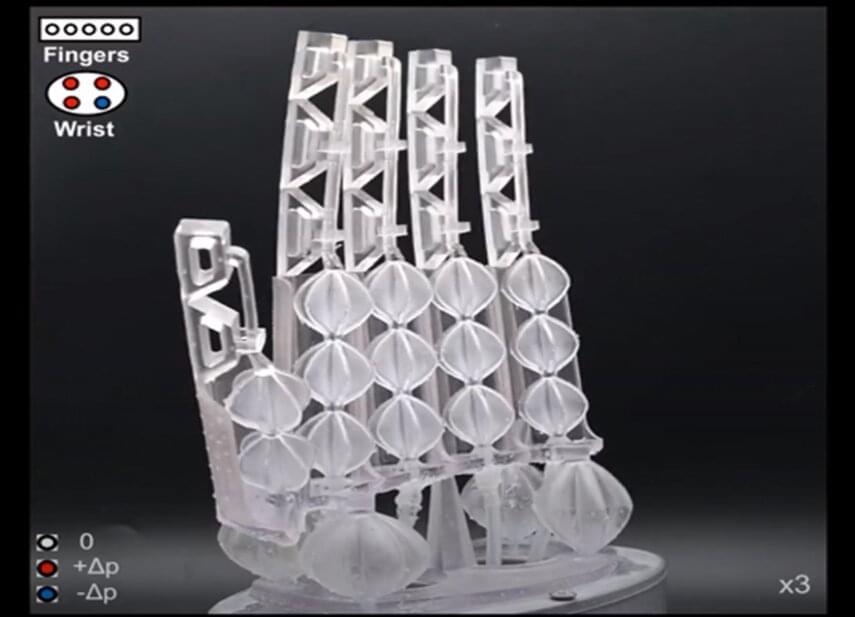A team of researchers at Istituto Italiano di Tecnologia’s Bioinspired Soft Robotics Laboratory has developed a new pleat-based soft robotic actuator that can be used in a variety of sizes, down to just 1 centimeter. In their paper published in the journal Science Robotics, the group describes the technology behind their new actuator and how well it worked when they tested it under varied circumstances.
Engineers working on soft robotics projects have often found themselves constrained by standard pneumatic artificial muscle actuators, which tend to only work well at a given size due to the large number of complex parts. In this new effort, the researchers have added a new feature to such actuators that requires fewer parts, resulting in a smaller actuator.
Pneumatic artificial muscle actuators work by pumping air in and out of small balloon-like sacs, simulating muscle activity. Not only do they expand and contract, but they are also bendable because they are made using resins. When used in conjunction with other parts, such as hands, the artificial muscles allow for gripping and twisting. To reduce the number of complex parts, the researchers adjusted the sacs by added pleats. This reduces the size of the sacs as air is withdrawn without having to add other parts, making them useful in much smaller devices. The researchers also used a resin that was more flexible than those typically used in such work.
